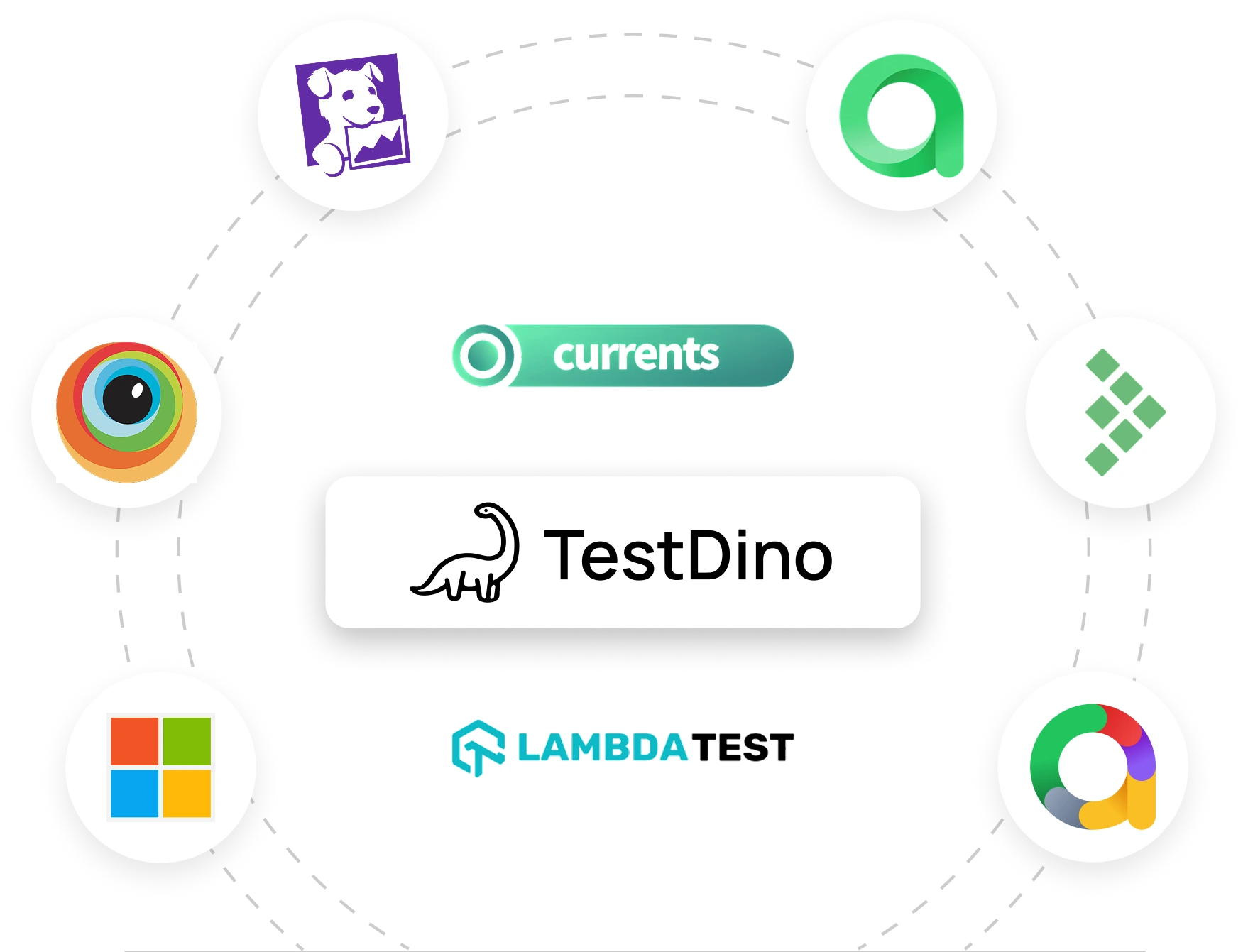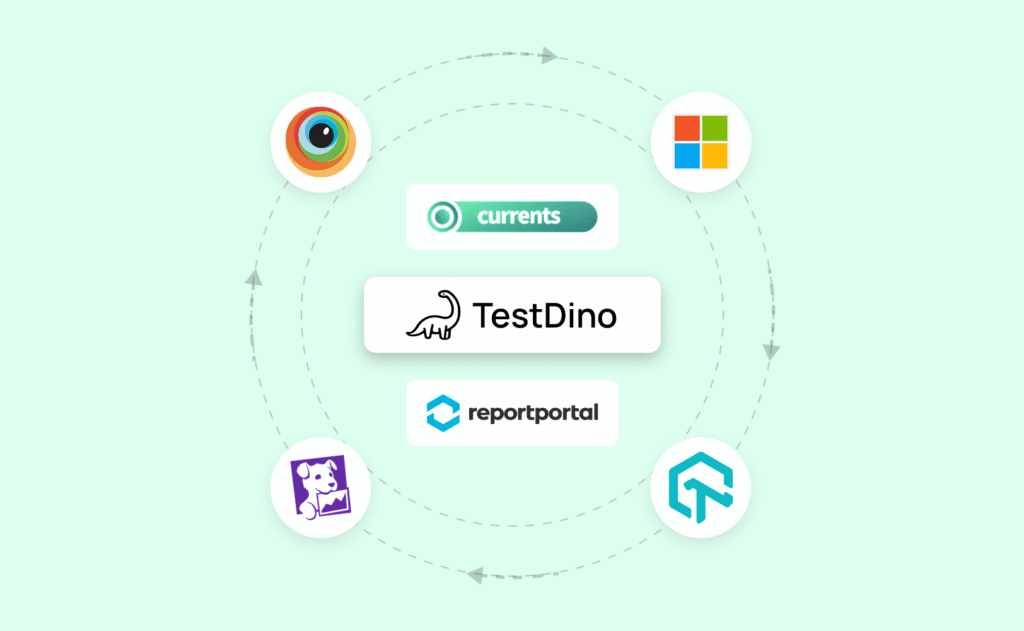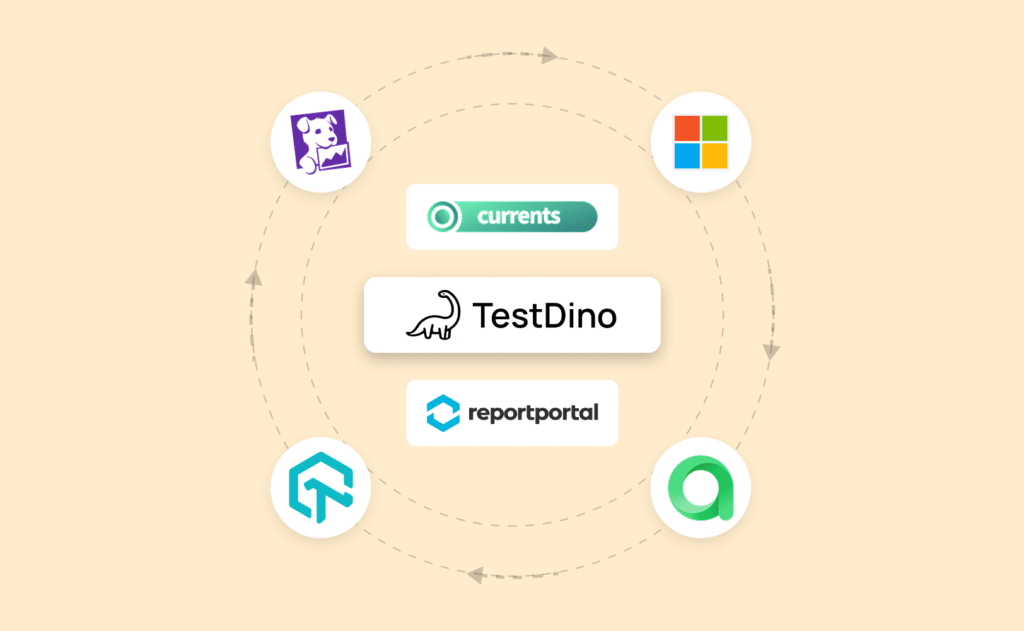Finding the right test reporting solution is a challenge for modern QA teams.
While ReportPortal has earned a name as an open-source reporting platform, many teams struggle with its setup, ongoing maintenance, and limited AI-driven insights.
Engineering managers and QA leads are now exploring ReportPortal competitors that provide easier onboarding, deeper automation analytics, and smarter debugging at scale.
Recent ReportPortal reviews highlight a recurring theme: teams need faster, lighter, and more intelligent reporting options.
That’s why we’ve compiled the 8 best ReportPortal alternatives to consider in 2025, starting with TestDino, the Playwright-first reporting tool built for speed, intelligence, and modern workflows.



